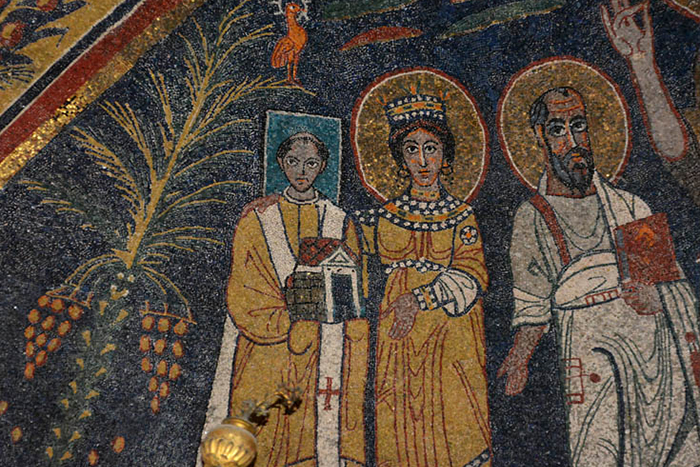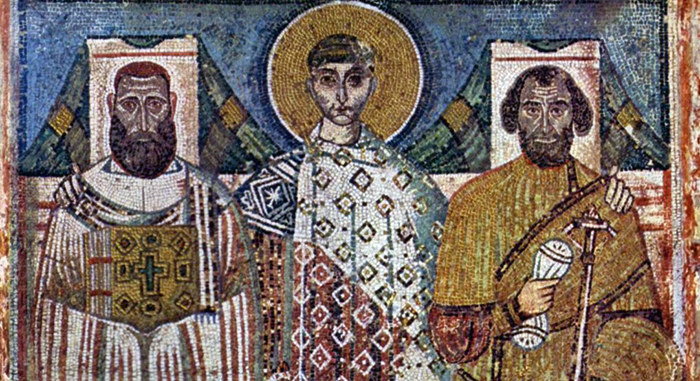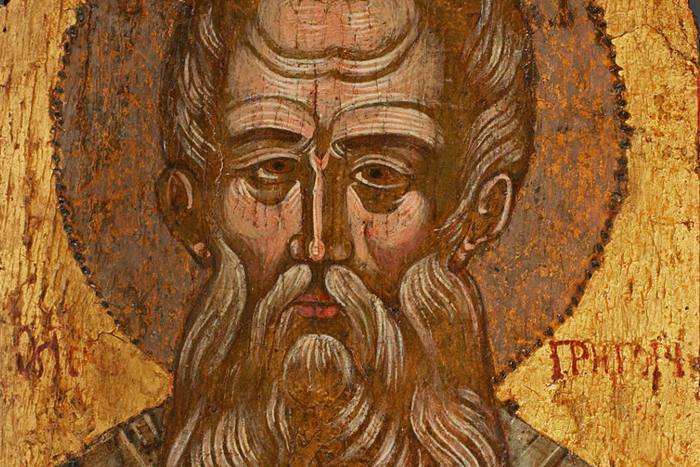
Indeed, we can see such images of saints, mainly of the Byzantine period, on the walls of ancient temples. Standing or kneeling figures with square halos are in a row with the saints, next to Christ or the Mother of God. These are pious people, both clergymen and representatives of the ruling dynasty, town governors depicted during their lifetime. They were honored in such a way for donating to the construction of a particular temple or for organizing its construction.
Building a temple, decorating it with murals, icons, and filling it with everything necessary for worship — vestments, sacred vessels, and books — is not simple and usually expensive work. Both in antiquity and nowadays, such charitable deeds could be carried out whether by separate, quite rich people or groups of people, for example, residents of the same village, city or even country. Thus, more recently, they have been raising funds for the restoration of the Cathedral of Christ the Savior in Moscow.
The person who donates money for building a church, creating an icon, a fresco or for liturgical books is called the Greek word “ktetor” (founder, builder) or Latin “donator” (a giver of a gift, contributor). In Byzantium and Ancient Russia, along with emperors and dukes, patriarchs, metropolitans and bishops, ktetors were secular and clergymen of a lower rank: rulers of regions and cities, abbots of monasteries. This is known not only from documents, but also from the artistic tradition.
Portraits of ktetors differ from other sacred images. They are portrayed with gifts in their hands (a church or a book), which they give to Christ, the Mother of God or the saint. They are also depicted as praying people, kneeling before the church icon. Sometimes their figures can be emphatically small, two or three times smaller than the figures of saints. And some are marked with rectangular or square halos, as, for example, Abbot Loggin and Deacon John in mosaics of the VI century in the Saint Catherine’s Monastery on Mount Sinai.
Why is the halo square? In ancient understanding, the square symbolizes a perfect, virtuous person, worthy of praise.

The circle is a symbol of Heaven, the Divine world. A square is a symbol of the earth, earthly life. Four seasons and four cardinal directions, in each of which the gospel is preached.
For example, Pope Paschal I (817–824) was known as a missionary and temple builder. He is depicted with a square halo in the apse of the churches of Santa Prassede, Santa Maria in Domnica and Santa Cecilia in Trastevere. These mosaics were created by Greek monk artists who fled iconoclasts to Rome.
The construction organizers immortalized their name in the temple in another way as well, for example, inscribing their monogram in the mosaic. An intricate signature of the aforementioned Paschal I adorns the keystones of the altar arches of Roman temples. The “portraits” of the ktetors have been preserved on the walls of churches, in the margin of icons, pages of manuscripts and even liturgical objects (vessels, furniture). The earliest images of ktetors include, for example, portraits of the imperial couple Justinian I and Theodora in mosaics of the VI century in the altar of the Basilica of San Vitale in Ravenna. Next to them there are representatives of the clergy and courtiers: Bishop Maximianus, the Byzantine commander Belisarius and his wife.
Since in the Orthodox art people are depicted extremely rarely during their lifetime, a square halo is not common as well. Today it is rather a curious tradition left in antiquity.
Translated by The Catalogue of Good Deeds
Sources: https://foma.ru/ktitor-kto-eto-i-kak-ego-izobrazhayut.html
https://foma.ru/pochemu-u-nekotoryih-svyatyih-na-ikonah-kvadratnyie-nimbyi.html



